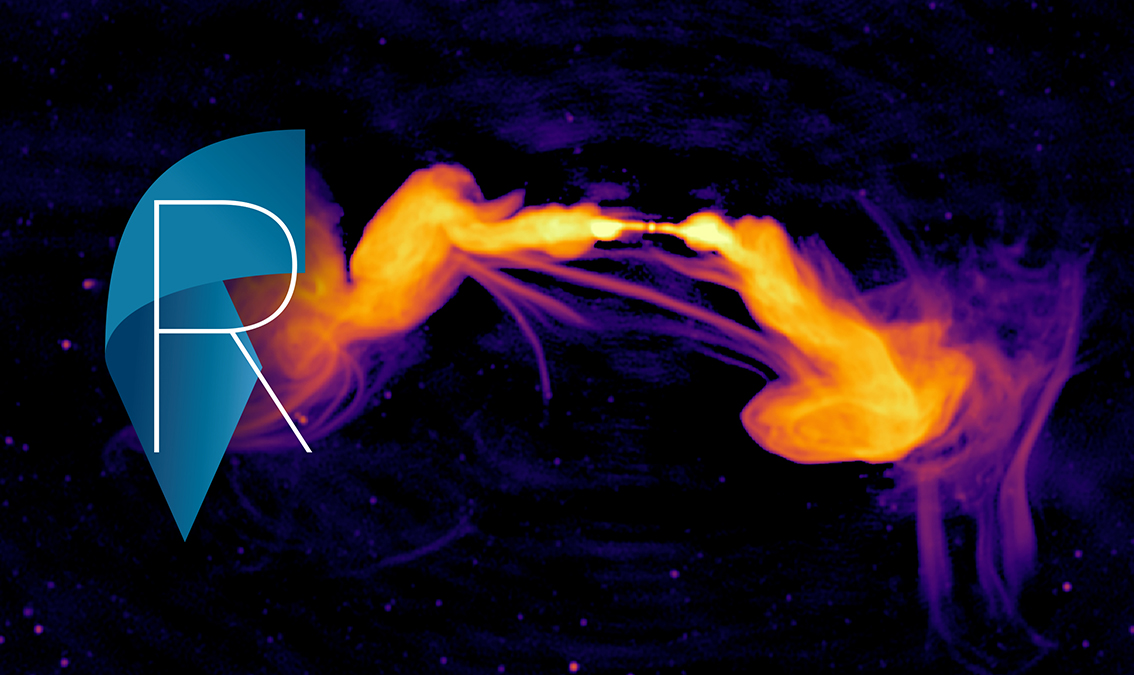The Radio Sky II: Observational Radio Astronomy
EPFLThis course covers the principles and practices of radio astronomical observations, in particular with modern interferometers. Topics range from radio telescope technology to the measurement equation to radio interferometric calibration and imaging.
The first part of the course introduces the different types of telescope technologies available to astronomers, with a particular focus on single-dish radio telescopes and radio interferometers. Optical, UV, X-ray, Gamma, neutrino, and gravitational wave telescopes will also be briefly covered, as well as a foray into Search for Extraterrestrial Intelligence.
We then dive deep into the principles of observational radio astronomy, covering the observables (flux, luminosity, brightness temperature) and the instrumentation (the radiometer equation, sensitivity calculations). We describe various radio telescope technologies, as well as time-domain radio astronomy (pulsars, transients, Fast Radio Bursts). We look at various radio astronomy observatories around the world and compare their capabilities.
The rest of the course is dedicated to radio interferometric imaging. We introduce Fourier transforms and the van Cittert-Zernike theorem, and discuss the principles of aperture synthesis imaging (visibilities, sampling, point spread functions, deconvolution). We drill down into the radio interferometer measurement equation (RIME) and use that to derive the principles of interferometric calibration and self-calibration. We also look at practical data reduction techniques, covering data inspection, flagging, basic calibration, and imaging, as well as the practical details of writing observational proposals.
The course includes a discussion of the future Square Kilometre Array radio telescope, its challenges, and projected scientific capabilities.
What you'll learn
- Types of telescopes across the electromagnetic spectrum
- Single-dish radio telescopes and radio interferometers
- Basics of neutrino and gravitational wave astronomy
- Basics of the Search for Extraterrestrial Intelligence
- Fundamental radio astronomy observables
- Principles of radio telescopes, radiometer equation
- Diversity of radio telescope technologies and observatories
- Observing pulsars, transients, and other time-domain radio astronomy
- Principles of aperture synthesis imaging; Fourier theory
- Visibility function, sampling, PSF, deconvolution
- The radio interferometer measurement equation (RIME)
- Calibration and self-calibration of radio interferometers
- Practical data reduction, calibration, and imaging
- Developing observational proposals for radio observatories
Instructors
- Dr. Vasileios ANGELOPOULOS
- Prof. Frédéric COURBIN
- Dr. Griffin FOSTER
- Prof. Jean-Paul KNEIB
- Dr. Sphesihle MAKHATHINI
- Dr. Kim MCALPINE
- Prof. Oleg SMIRNOV

